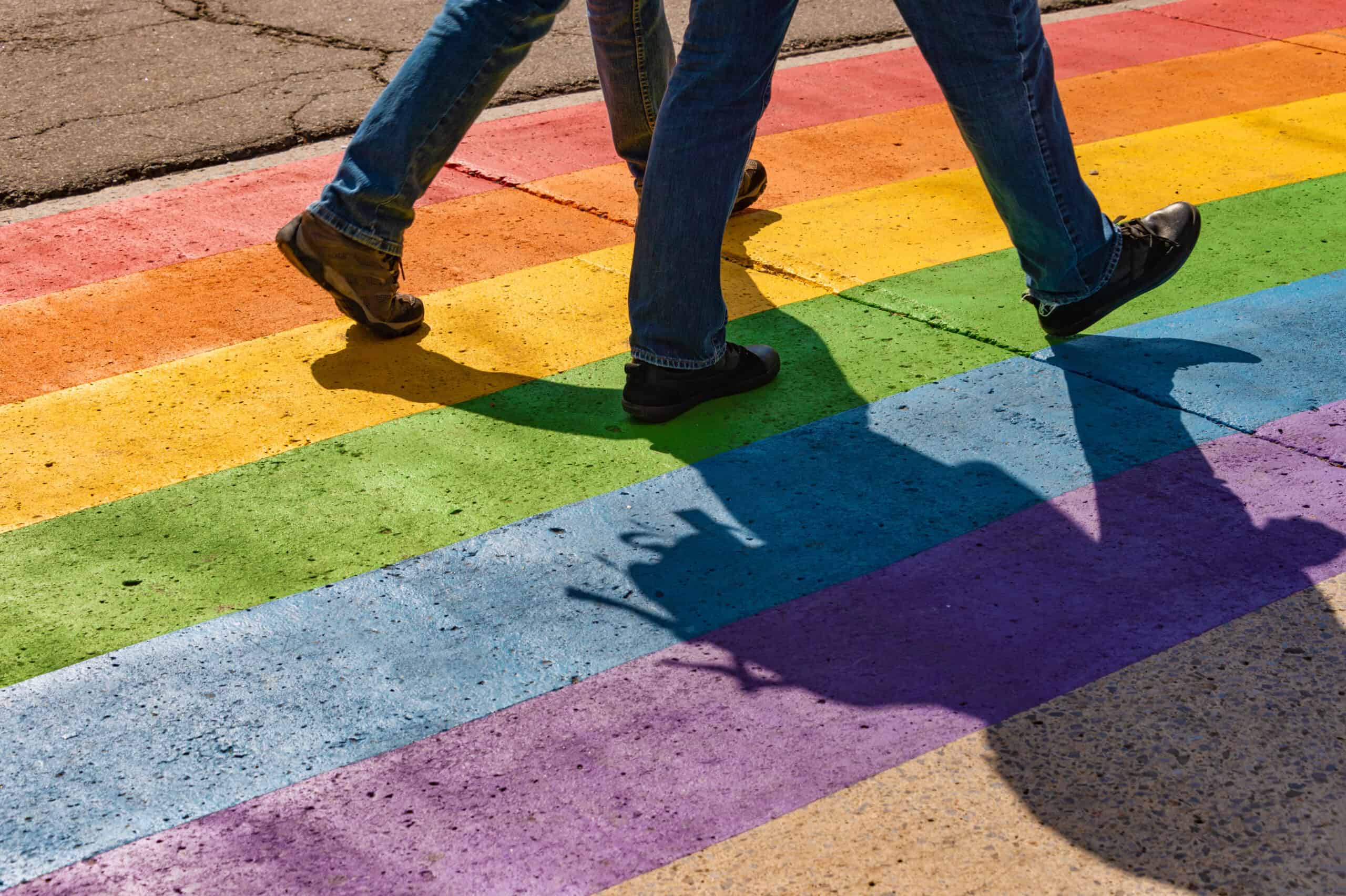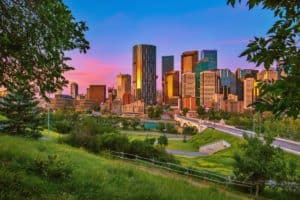Canada is doubling its resettlement spaces from 250 to 500 for human rights defenders (HRDs) and their family members.
“Canada firmly believes that the protection of human rights is the cornerstone of a just society. As the world grapples with numerous human rights challenges, Canada is reinforcing its role as a global leader in promoting human rights and protecting those who safeguard them,” said former Immigration Minister Sean Fraser on Tuesday.
“Together, we will continue to champion human rights and foster an environment where individuals can freely exercise their voices without fear of persecution.”
As per Voices at Risk: Canada’s Guidelines on Supporting Human Rights Defenders, HRDs are defined as people who, individually or in groups, act to peacefully promote or protect human rights, “such as by documenting and calling attention to violations or abuses by governments, businesses, individuals or groups.”
Although these individuals make huge contributions to the building of inclusive and democratic societies that contribute to a peaceful international community, they are repeatedly the victims of criminalization, arbitrary arrest, and threats, with hundreds of HRDs being tortured and assassinated every year.
Read More
Marc Miller Takes Over from Sean Fraser as Canada Immigration Minister
How to Immigrate to Canada as a Deck Officer in the Water Transportation Sector
Ontario Issues 95 Canada Immigration Invitations in New French Speaking Skilled Worker Draw
In responding to the needs of this vulnerable group, Canada has long fostered a tradition of HRD resettlement. In fact, it was ranked as the top resettlement country in the world for the fourth year in a row, welcoming over 47,500 refugees from over 80 countries in 2022.
Fraser furthered this initiative on July 25 by declaring the expansion of the global HRD stream – a government initiative that has resettled HRDs since 2021 through the Government-Assisted Refugee (GAR) Program (and was one of the first to offer a dedicated, permanent pathway for HRDs globally).
Over the following months, Canada is also looking to re-engage civil society organizations on the development of a temporary protection pathway for HRDs in need.
Watch Video:
Resettlement Process Under the Global HRD Stream
Refugee applicants are first identified and assessed by Front Line Defenders (FLD), ProtectDefenderss.eu (PD), or the United Nations Refugee Agency (UNHCR).
In some locations, IRCC partners such as the International Organization for Migration (IOM) may assist the applicant in filling out forms that are required to support their application for resettlement to Canada.
HRD referrals are then sent to the Resettlement Operations Centre in Ottawa (ROC-O) for file creation before they are transferred to the migration office for further processing.
PD, FLD, the UNHCR, and IRCC collaboratively ensure that available GAR program spaces are used effectively; with the addition of 250 additional GAR spaces for HRDs, this number has been further expanded by Canada.
Canada’s Support for Other Refugee Groups
In addition to extending its support for HRDs, the Canadian government recently announced a partnership with civil society to protect LGBTQI+ refugees, who make up another major vulnerable group.
Prime Minister Justin Trudeau spoke on the Government of Canada’s partnership with non-profit organization Rainbow Railroad to protect and welcome LGBTQI+ refugees to Canada.
Rainbow Railroad identifies LGBTQI+ people and their families who are escaping violence and persecution and refers them to IRCC under the GAR program.





